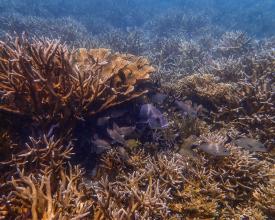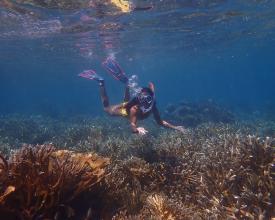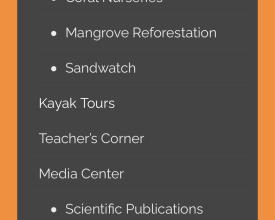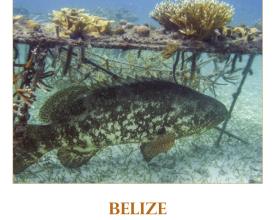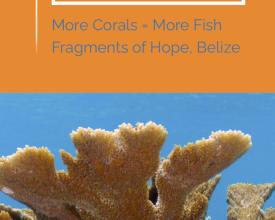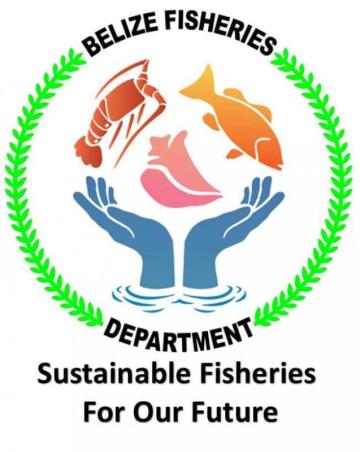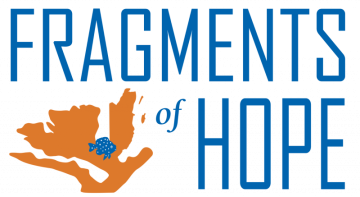
Upscaling restoration and protection of the critically endangered acroporid corals where it’s needed the most in Belize, using proven techniques, continued local capacity building, and mapping.
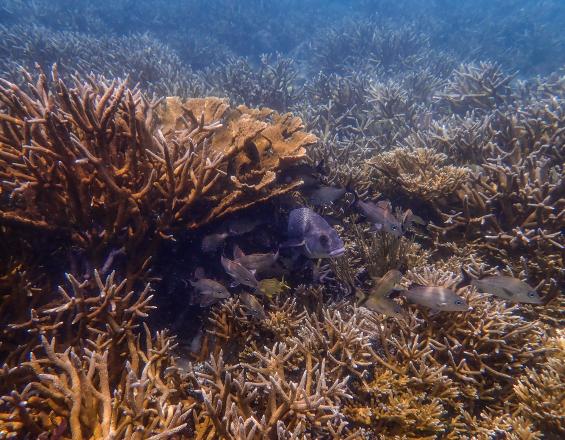
Fragments of Hope (FoH) has long-established acroporid nurseries and replenishment sites in southern Belize, using thermally tolerant corals identified via mapping and monitoring in Belize’s hottest (bleaching) conditions. In 2020, the focus shifted to northern Belize due to the appearance of Stony Coral Tissue Loss Disease (SCTLD) throughout 3 MPAs there (Bacalar Chico, Hol Chan and Caye Caulker Marine Reserves) because the Caribbean acroporid corals are not susceptible to SCTLD, and they are the fastest growing, main reef building species. FoH has over 26 nurseries in 7 MPAs in Belize, and has outplanted over 156,000 corals nationwide.
Context
Challenges addressed
Funding is the biggest challenge. Ecosystem restoration requires long term, consistent funding.
Location
Process
Summary of the process
Our training manual is accessible as a PDF download on the website under the Media Center pull down menu
Building Blocks
Coral Reef Replenishment manual
Fragments of Hope authored this manual (version 2 updated in 2019) to share and standardize our methods used in Belize. There are lectures and videos to accompany the manual and the four day traning course.
Enabling factors
it is written for the layman, with many images and no fancy terms/jargon. It is shareable virtually, but the hard copies were printed with notes section at the end, and a list of other references.
Lesson learned
We lowered eth number of training participants from 19 to 12, even pre-COVID, as smaller group sizes allow more hands on learning experiences. It is field based, and in 2020 we adapted as much as we could for virtual learning prior to the field days.
Resources
Fragments of Hope website
multiple pages, tabs and pull down menus allow visitors to download both learning tools and manuals and referernces and access articles and videos. "Teacher's Corner" page was added with local schools' input to supplement mandated curriula in Belize with coloring books and other aids specefic to Belize's reef and marine life.
Enabling factors
Once the website was established, Fragments of Hope can now receive donations via the US based 501c3 non-profit Fragments of Hope CORP, to supplemntour work in Belize. Lcoalc apcity was used to create the website and built as we trained community member(s) onhow ot update the website, a transferable skill forother job opportunities beyond Fragments of Hope. We also created a tab to highlight donors, funders and partners. If you click ontheir logos it takes viewer to their website
Lesson learned
website photos need to be high resolution/quality. It is harder to update website regularly/frequently than social media. we are stilllearning about how to get our website to show up in more searches; the website and socialmedia outreach side of things could easily be a permanent if part time position, if we had the funding-we had funding for an Outreach officer for 18 months but this requires more long term funding
Resources
Impacts
At LBC, we have increased coral cover from <6% to over 60%. We have replenished over 20% of a hectare of fringing reef with acroporids. In 2020, FoH was confirmed as one of the UN's Decade on Ecosystem Restoration Forming 50 Initiatives.
FoH’s approach to reef restoration is different from others in that it concentrates on the shallow reef areas where shoreline protection is most needed and the acroporids thrive, has always been community-owned (trained Belizeans do the fieldwork and get paid), has a standardized training protocol (workshop curricula) vetted by the Belize Fisheries Department and uses science/data for both coral(s) and site(s) selection criteria. FoH’s strategy involves mapping thermally tolerant/disease resistant corals in Belize’s hottest months, and using those corals to increase the genetic diversity of acroporid stands in carefully selected sites to facilitate successful cross cross-fertilization of gametes when the corals are large enough to spawn, documented at Laughing Bird Caye National Park in southern Belize (Carne and Baums 2016). Outplanting is only conducted outside of hurricane season (Dec-May).
Beneficiaries
Beneficiaries include the trained restoration practitioners that collect a daily stipend, and every tour guide and tour operator that visits our replenished reef sites.
Sustainable Development Goals
Story
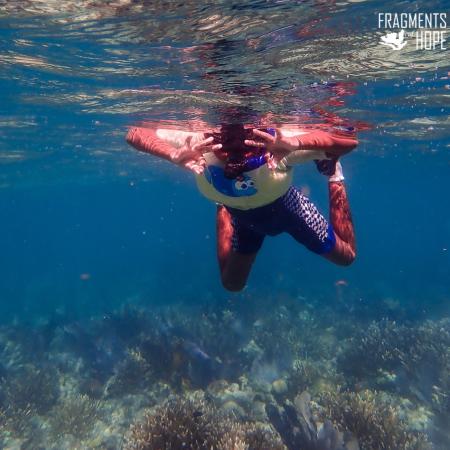
Everytime we visit the replenished corals it is inspirational; everytime a tour guide comments on their outplanted corals growing or the success of the restoration work it is priceless. Everytime we take young students out and they get motivated to protect & conserve the coral reefs and their critters, I am inspired

